Filter by
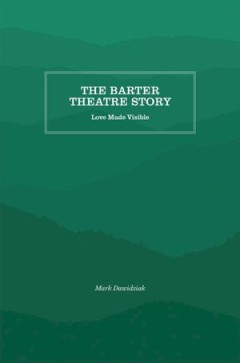
The Barter Theater Story: Love Made Visible
Published in 1982, The Barter Theatre Story: Love Made Visible tells the colorful history of a remarkable American cultural institution. Opened by Robert Porterfield, a native Virginian, in 1933, the Barter Theatre offered the people of Abingdon, Virginia, and the surrounding area entertainment and a much-needed escape from their Depression-era working lives. It became the State Theatre of Virg…
- Edition
- -
- ISBN/ISSN
- 9781469638157
- Collation
- -
- Series Title
- -
- Call Number
- 792 DAW b
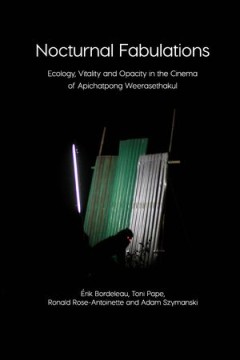
Nocturnal Fabulations: Ecology, Vitality and Opacity in The Cinema of Apichat…
Nocturnal Fabulations is an essay in intercessing. This is not a book that is simply ‘about’ Apichatpong Weerasethakul, though it does engage his work in detail. It is a book that deeply questions what else might be at stake in setting up the conditions for collaboration across two genres: cinema and writing. This collective project is animated by a shared curiosity in the pragmatics of fab…
- Edition
- -
- ISBN/ISSN
- 9781785420405
- Collation
- -
- Series Title
- -
- Call Number
- 791.43 SZY n
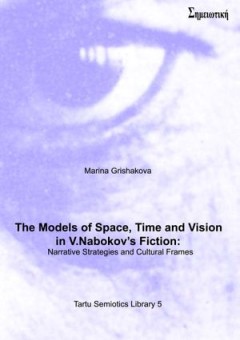
The Models of Space, Time and Vision in V. Nabokov’S Fiction: Narrative Str…
Marina Grishakova belongs to the younger generation scholars of the Tartu-Moscow school of semiotics. Her book is part of a semio-narratological tradition of a single author or a single work research that tackles issues of wider theoretical import: applicability of the concept of “modeling” in the humanities, theory of mimesis and the function of experimental literature in (post)modernist c…
- Edition
- -
- ISBN/ISSN
- 9789949320684
- Collation
- -
- Series Title
- -
- Call Number
- 791 GRI m
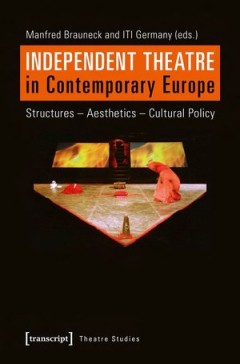
Independent Theatre in Contemporary Europe: Structures Aesthetics Cultural Po…
Over the past 20 years European theatre underwent fundamental changes in terms of aesthetic focus, institutional structure and in its position in society. The impetus for these changes was provided by a new generation in the independent theatre scene. This book brings together studies on the state of independent theatre in different European countries, focusing on the fields of dance and perfor…
- Edition
- -
- ISBN/ISSN
- 9783837632439
- Collation
- -
- Series Title
- -
- Call Number
- 792 IND i
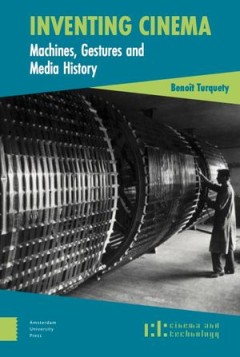
Inventing Cinema: Machines, Gestures, and Media History
With machines mediating most of our cultural practices, and innovations, obsolescence and revivals constantly transforming our relation with images and sounds, media feel more unstable than ever. But was there ever a ‘stable’ moment in media history? Inventing Cinema proposes to approach this question through an archaeology and epistemology of media machines. The archaeology analyses them a…
- Edition
- -
- ISBN/ISSN
- 9789463724623
- Collation
- -
- Series Title
- -
- Call Number
- 791.43 TUR i
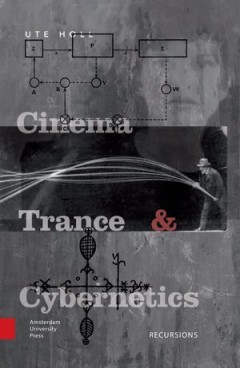
Cinema, Trance and Cybernetics
Ute Holl explores cinema as a cultural technique of trance, unconsciously transforming everyday spatio-temporal perception. The archaeology of experimental and anthropological cinema leads into psycho-physiological laboratories of the 19th century. Through personal and systematic catenations, avant-garde filmmaking is closely linked to the emerging aesthetics of feedback in cybernetic models of…
- Edition
- -
- ISBN/ISSN
- 9789089646682
- Collation
- -
- Series Title
- -
- Call Number
- 791.43 HOL c

The Cinema of Marguerite Duras: Multisensoriality and Female Subjectivity
The writer Marguerite Duras was a key figure in post-war French cinema, pioneering innovations such as the disjunction of film and image, and the primacy given to voices, silence and music. Her multisensorial approach opened up new spaces for the female experience to be expressed. Although she worked with some of the best French visual technicians and musicians of her time, critiques have often…
- Edition
- -
- ISBN/ISSN
- 9781474427869
- Collation
- -
- Series Title
- -
- Call Number
- 791.43 ROY c
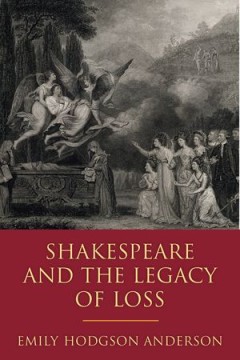
Shakespeare and the Legacy of Loss
How do we recapture, or hold on to, the live performances we most love, and the talented artists and performers we most revere? Shakespeare and the Legacy of Loss tells the story of how 18th-century actors, novelists, and artists, key among them David Garrick, struggled with these questions through their reenactments of Shakespearean plays. For these artists, the resurgence of Shakespeare, a pl…
- Edition
- -
- ISBN/ISSN
- 9780472130931
- Collation
- -
- Series Title
- -
- Call Number
- 792 EMI s
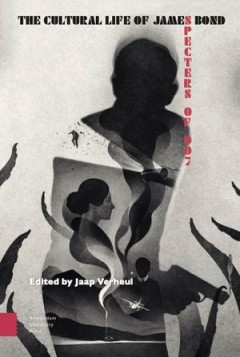
The Cultural Life of James Bond: Specters of 007
The release of No Time To Die in 2021 heralds the arrival of the twenty-fifth installment in the James Bond film series. Since the release of Dr. No in 1962, the cinematic James Bond has expedited the transformation of Ian Fleming's literary creation into an icon of western popular culture that has captivated audiences across the globe by transcending barriers of ideology, nation, empire, gende…
- Edition
- -
- ISBN/ISSN
- 9789048532117
- Collation
- -
- Series Title
- -
- Call Number
- 791.43 CUL c

The Enemy in Contemporary Film
While filmic representations of ‘enemies’ are legion, film studies have so far neglected the way in which filmic mediations of enemy images have contributed to shaping cultural memories. The present volume investigates the (de)(re)constructions of enemy images in international film since the 1970s. The three parts deal with (re)configurations of the enemy in contemporary global cinemas, ana…
- Edition
- -
- ISBN/ISSN
- 9783110589924
- Collation
- -
- Series Title
- -
- Call Number
- 791.43 ENE e
 Computer Science, Information & General Works
Computer Science, Information & General Works  Philosophy & Psychology
Philosophy & Psychology  Religion
Religion  Social Sciences
Social Sciences  Language
Language  Pure Science
Pure Science  Applied Sciences
Applied Sciences  Art & Recreation
Art & Recreation  Literature
Literature  History & Geography
History & Geography